Forestry actions to upgrade the Habitat 9580* in Galicia are completed
05-08-2019
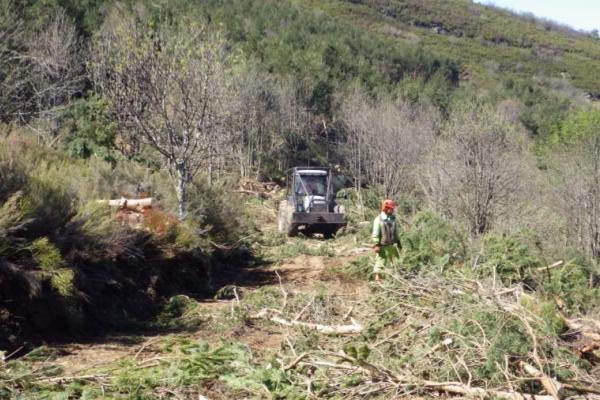
The LIFE BACCATA Project is co-financed by the European Commission in the Framework of the LIFE Call. It will take place between 2016 and 2020 in fifteen Natura 2000 Network sites in the Cantabria Mountain Range located in Galicia, Castilla y León and the Basque Country. The aim of the LIFE BACCATA project is to improve the conservation status of yew woods (9580*). IBADER, from the University of Santiago de Compostela, is the lead partner of this project and the Castilla y León Regional Government, CESEFOR, Fundación HAZI and Grupo TRAGSA are the remaining partners..
Action C2 is one of the different actions carried out in the framework of this Project. It involves carrying out some silviculture activities to avoid those pressures and threats affecting the conservation status of the habitat 9580*. This will be achieved through increasing its area of occupancy and improving its structure and functionality. To take this action within Galicia’s borders, a total of 15 ha of the Os Ancares-O Courel (ES1120001) SPA was occupied. An old single-species plantation of Pinus sylvestris was removed. Works were led by TRAGSA in collaboration with IBADER, which provided the scientific-technical advice to be sure the conservation status of the key elements of biodiversity was not affected. The surface where the action was implemented is ready for Action C3, which involves planting the characteristic species of the habitat 9580*, according to the Galicia Habitat Manual, aimed restoring the site.
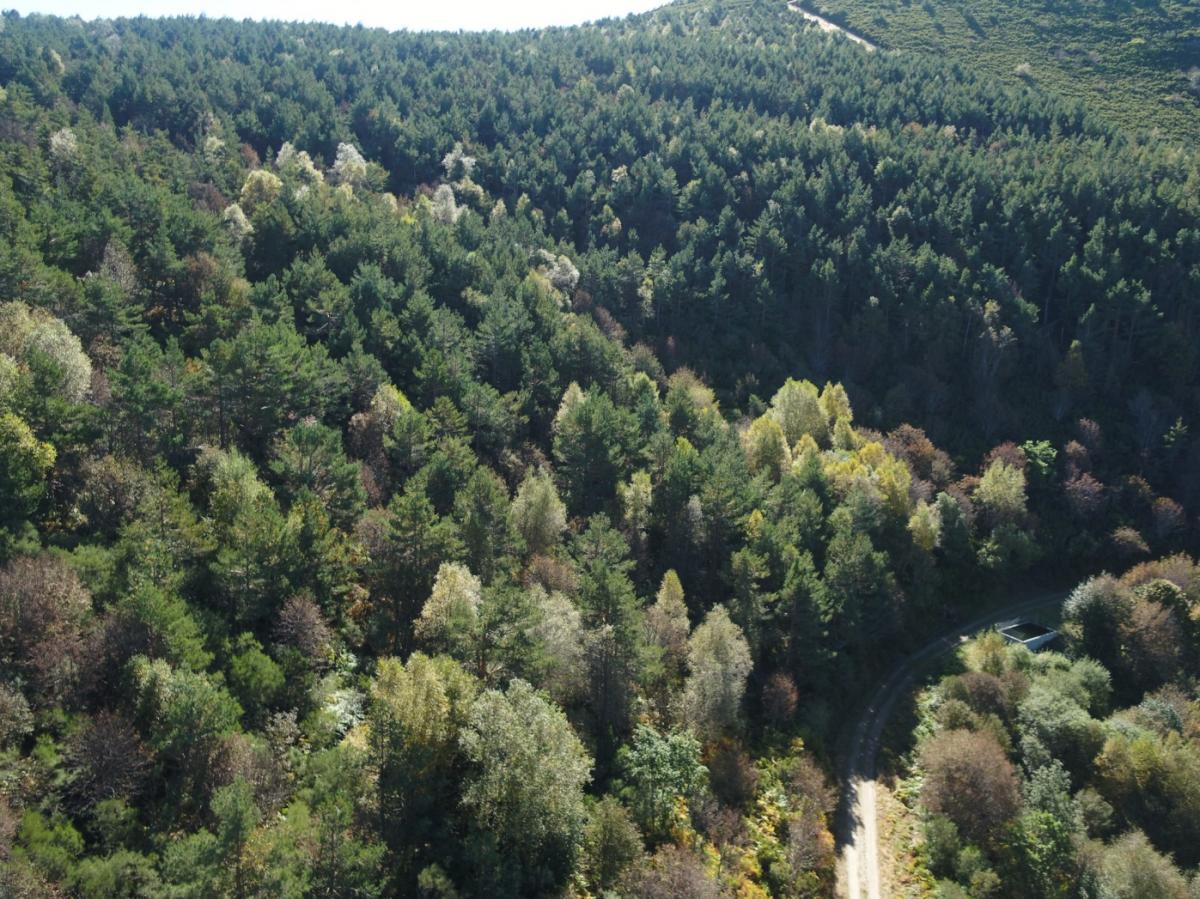
Action C2 is one of the different actions carried out in the framework of this Project. It involves carrying out some silviculture activities to avoid those pressures and threats affecting the conservation status of the habitat 9580*. This will be achieved through increasing its area of occupancy and improving its structure and functionality. To take this action within Galicia’s borders, a total of 15 ha of the Os Ancares-O Courel (ES1120001) SPA was occupied. An old single-species plantation of Pinus sylvestris was removed. Works were led by TRAGSA in collaboration with IBADER, which provided the scientific-technical advice to be sure the conservation status of the key elements of biodiversity was not affected. The surface where the action was implemented is ready for Action C3, which involves planting the characteristic species of the habitat 9580*, according to the Galicia Habitat Manual, aimed restoring the site.

The land where the action is implemented is owned by the municipal, communal woodlands (Known by the Spanish acronym MVMC which stands for Monte Vecinal en Mano Común) which belong to the neighbour’s community of Riocereixa (Pedrafita do Cebreiro, Lugo). This community materialized their willingness to support this project by signing a collaboration agreement with the University of Santiago de Compostela, which is in charge of carrying out the actions in their farms. The rapport established with MVMC and their engagement were a great added value to the project. Furthermore, they acted as key stakeholders since they rated LIFE BACCATA outcomes as positive for their farms and saw how the status of their properties improved.
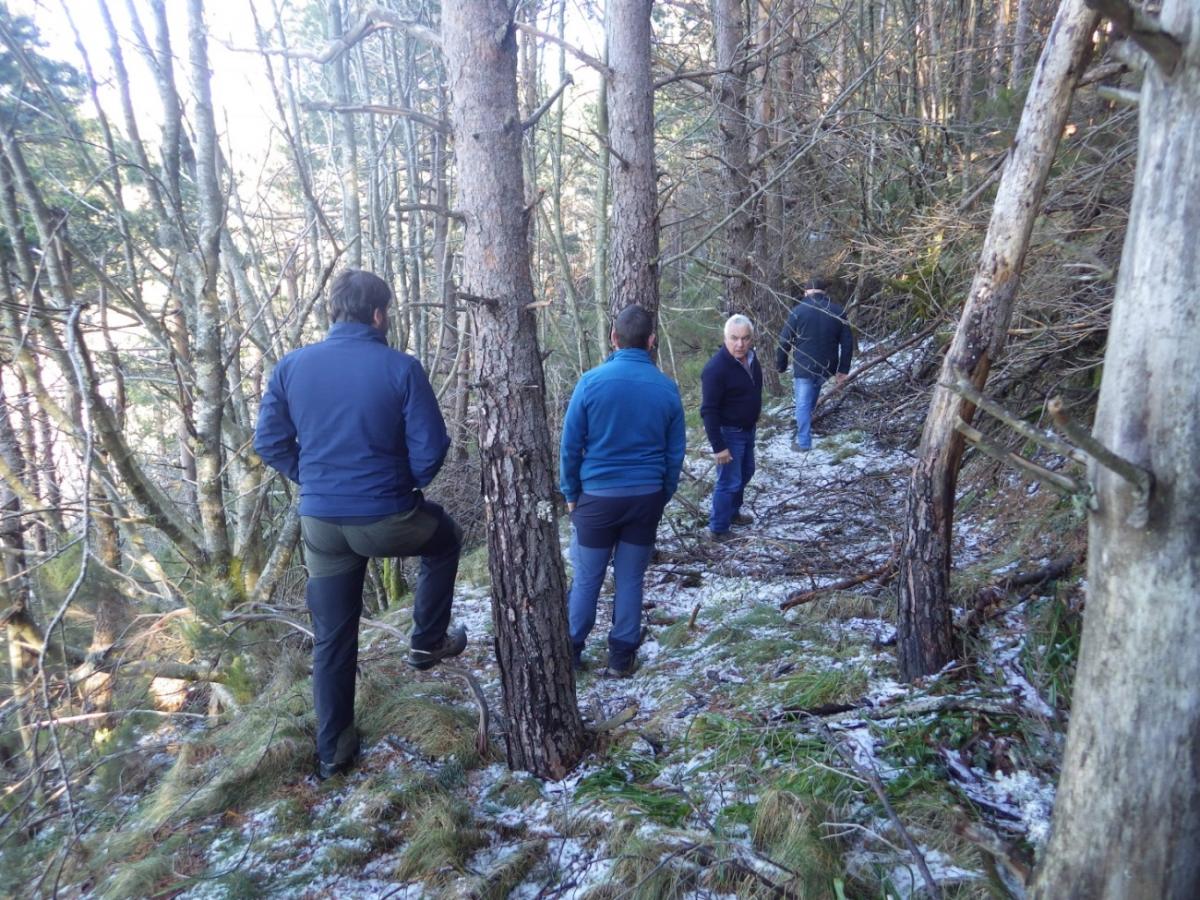 Since this action took place in a Natura 2000 Network site ( Os Ancares - O Courel SPA, ES1120001), apart from the approval by the forest management competent body, it was also necessary to obtain the approval of the competent body in the context of nature conservation and protected areas management. Thanks to these procedures, no conflicts arose between the two management domains. On the contrary, silviculture tasks were approved by the former, meanwhile the latter also approved these measures because it was assumed the project tasks were designed to optimize the conservation status of the habitat 9580* –thereby helping to meet the objectives set out in their own sectorial policy.
Since this action took place in a Natura 2000 Network site ( Os Ancares - O Courel SPA, ES1120001), apart from the approval by the forest management competent body, it was also necessary to obtain the approval of the competent body in the context of nature conservation and protected areas management. Thanks to these procedures, no conflicts arose between the two management domains. On the contrary, silviculture tasks were approved by the former, meanwhile the latter also approved these measures because it was assumed the project tasks were designed to optimize the conservation status of the habitat 9580* –thereby helping to meet the objectives set out in their own sectorial policy.Likewise the competent body in cultural heritage and the river basin body were consulted but neither one required any approval application because none of their respective assets to protect were affected.
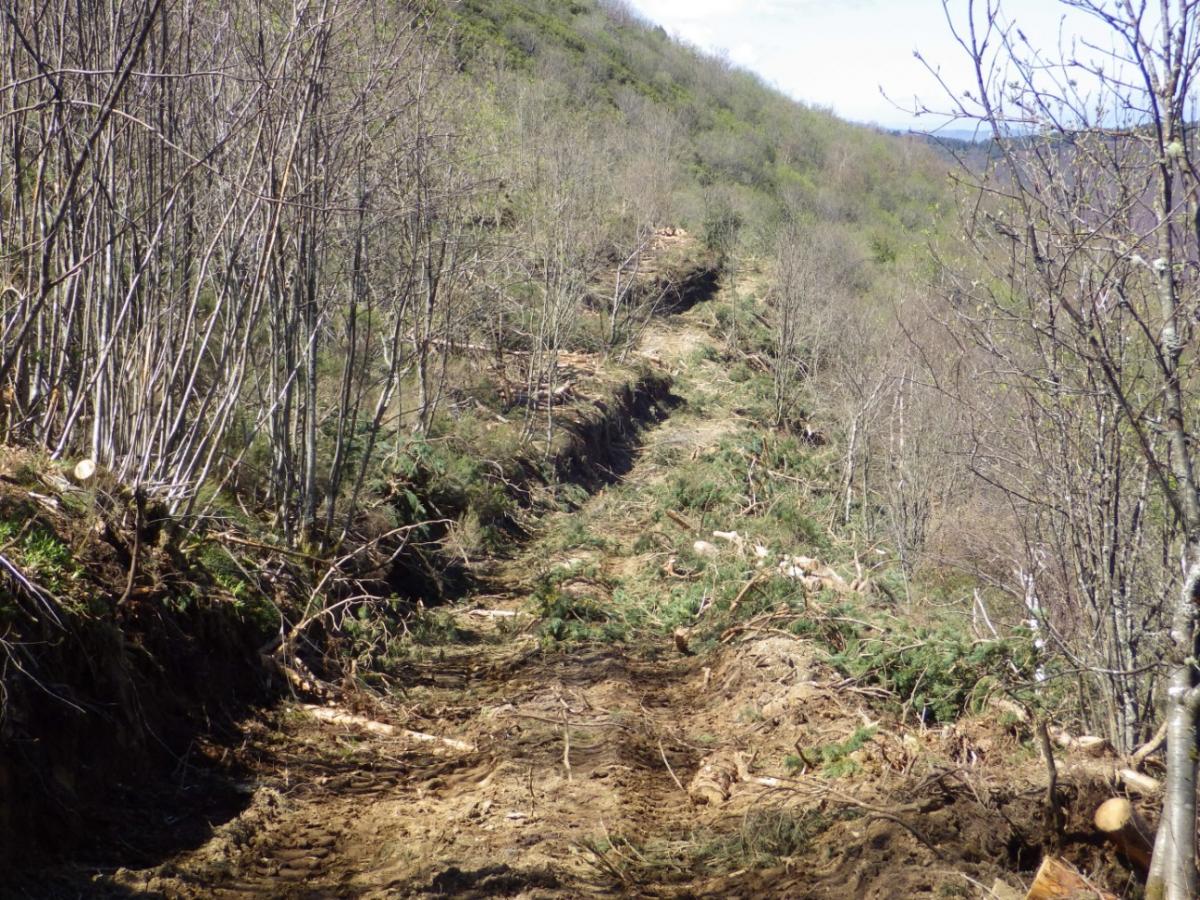 The MVMC is managed by the competent body in forests management through a consortium, which regulates forestry uses of these forestlands. Dealing with the consortium has been quite challenging when implementing the silviculture measures delivered in the project. The reason for this was the additional meetings held and the specific documents that were required to process technical reports and legal approval applications in the framework of the consortium. But far from being a stumbling block to implementation, this turned to be an added value to the project since IBADER and TRAGSA are highly experienced in issuing this type of documents. As a result, a great synergy was generated because the old contractual models (e.g. the consortium which dates back to 1955) and the implementation of current projects on natural resources conservation (e.g. the LIFE BACCATA Project) were made compatible
The MVMC is managed by the competent body in forests management through a consortium, which regulates forestry uses of these forestlands. Dealing with the consortium has been quite challenging when implementing the silviculture measures delivered in the project. The reason for this was the additional meetings held and the specific documents that were required to process technical reports and legal approval applications in the framework of the consortium. But far from being a stumbling block to implementation, this turned to be an added value to the project since IBADER and TRAGSA are highly experienced in issuing this type of documents. As a result, a great synergy was generated because the old contractual models (e.g. the consortium which dates back to 1955) and the implementation of current projects on natural resources conservation (e.g. the LIFE BACCATA Project) were made compatible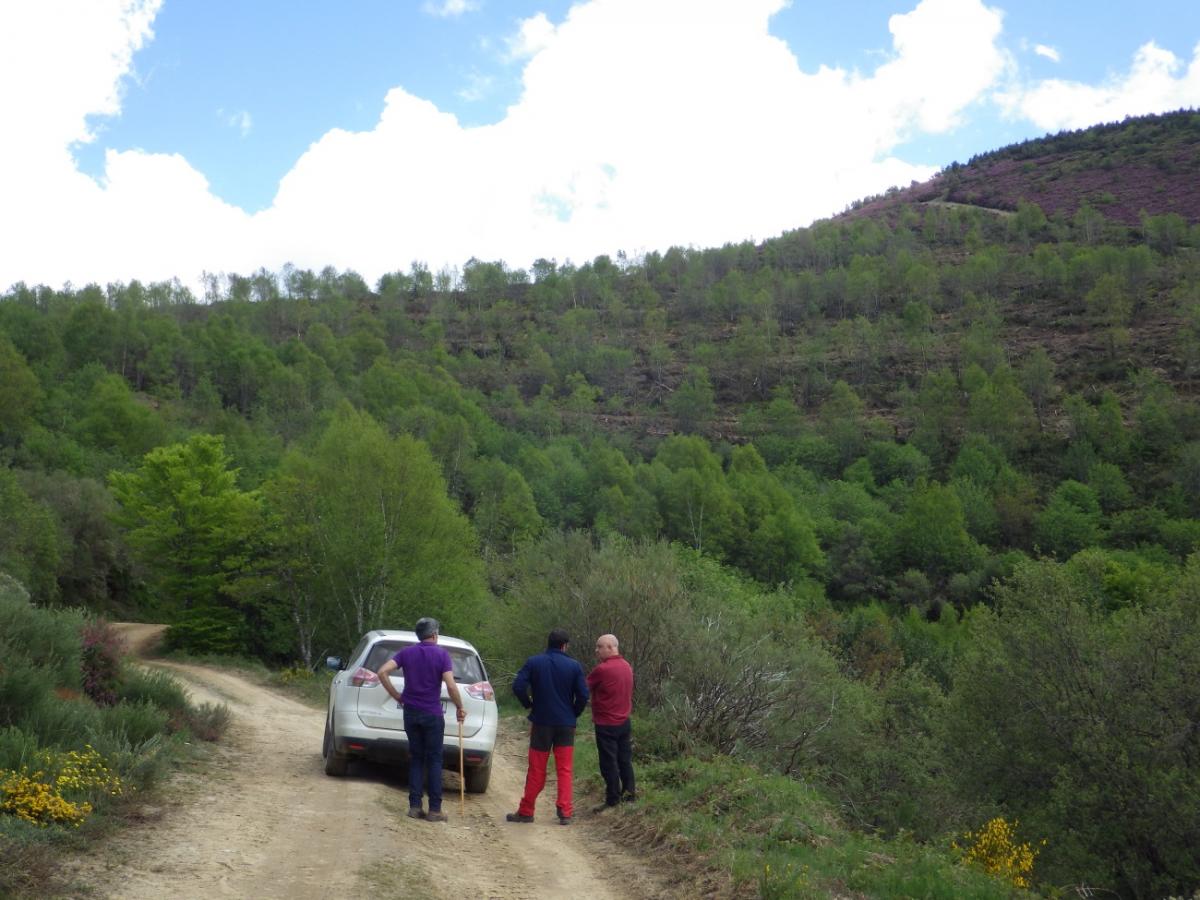 The silviculture work to remove an old single-species plantation of Pinus sylvestris of 15 ha in the MVMC of Riocereixa (Pedrafita do Cebreiro, Lugo) went on from September 2018 to May 2019 —when the whole process was completed. The high vulnerability of the Natura 2000 area (ZEC Os Ancares – O Courel ES1120001) where work was done, its rugged orography and the existing harsh weather conditions (snowfalls with >3 week frequency, from October 2018 to April 2019) caused the delay. Therefore, once all the relevant approvals were obtained and before actions started, several visits were made, along with the crew in charge of pine grove felling, to give details about methods, action strategies, ways to avoid impacts and to draw the right plan for the development of works.
The silviculture work to remove an old single-species plantation of Pinus sylvestris of 15 ha in the MVMC of Riocereixa (Pedrafita do Cebreiro, Lugo) went on from September 2018 to May 2019 —when the whole process was completed. The high vulnerability of the Natura 2000 area (ZEC Os Ancares – O Courel ES1120001) where work was done, its rugged orography and the existing harsh weather conditions (snowfalls with >3 week frequency, from October 2018 to April 2019) caused the delay. Therefore, once all the relevant approvals were obtained and before actions started, several visits were made, along with the crew in charge of pine grove felling, to give details about methods, action strategies, ways to avoid impacts and to draw the right plan for the development of works. Once all matters were clarified, manual felling operations started. To do so, operators used chainsaws and the necessary personal protective equipment (PPE) for their safety. For felling operations, the friendliest felling trails for the naturally-regenerated species (Sorbus aucuparia, Betula pubescens, etc.) that are characteristic of the habitat 9580* were chosen. These species work as the basis on which the characteristic lush canopy will be re-established and they will be complementary to the restoration taking place later on.
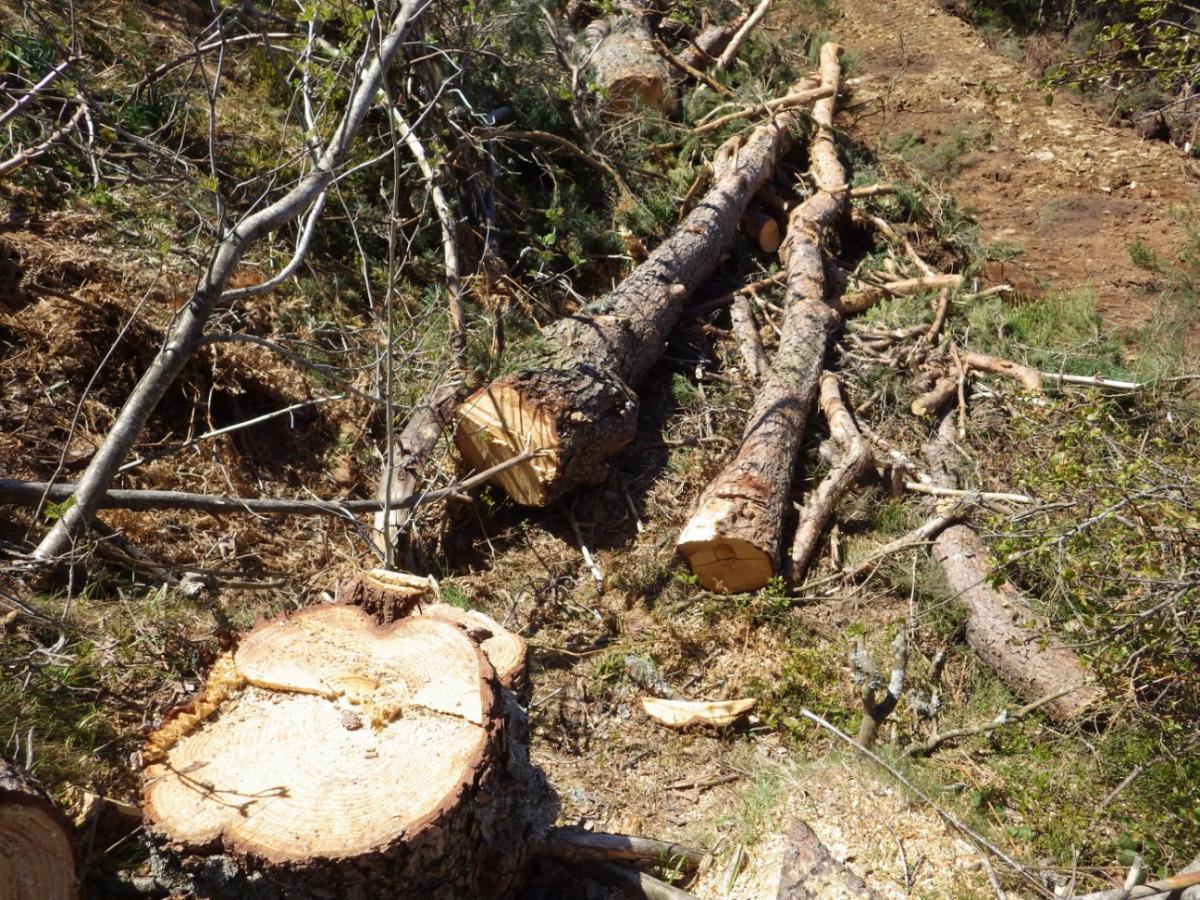


Following the felling operations, a number of hauling roads were built in number and layout without causing any impact on the natural components (soil, non-living natural resources, upwelling, species, etc.). By establishing these roads, logging operations could be done onsite, which means that logs were removed safely and without harming the natural regeneration. Once logging and skidding operations were completed, hauling roads are closed and restored.



